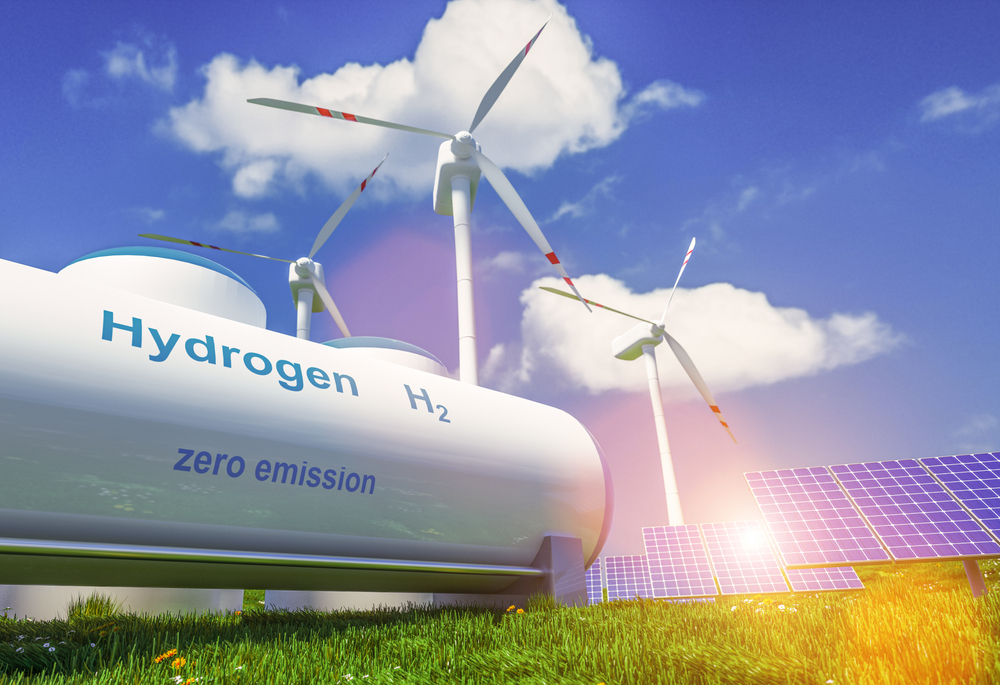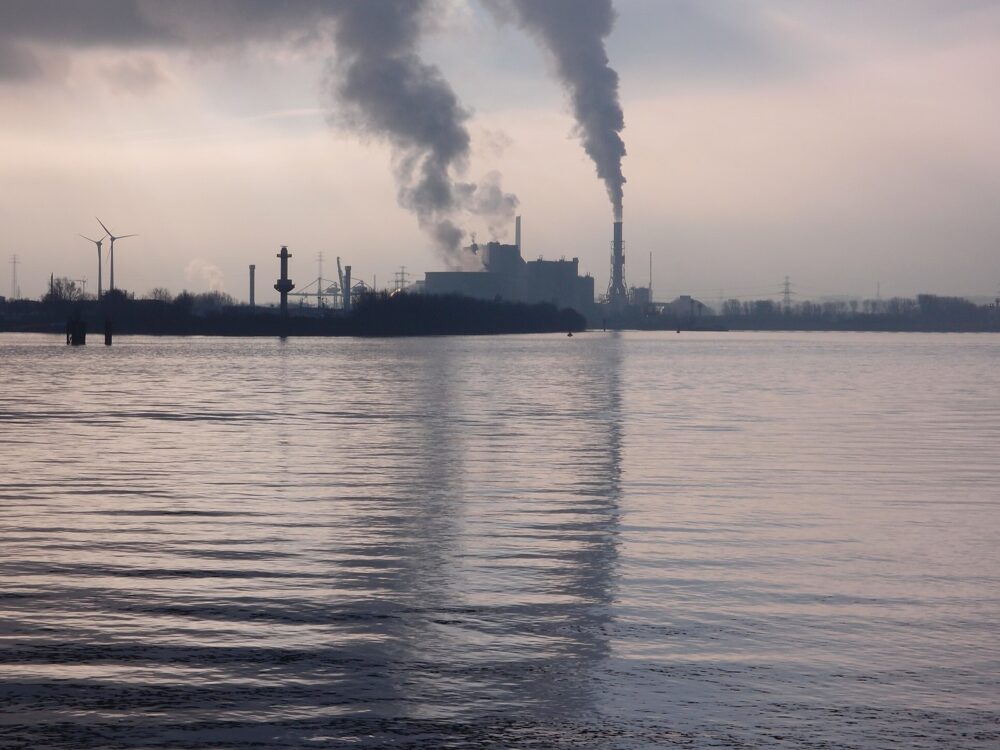Subject to a final investment decision and permitting/planning requirements, the production of green hydrogen in Hamburg is anticipated to start in the course of 2025

Carbon Trust said there is a need to diversify hydrogen production routes (Credit: Shutterstock/Alexander Kirch)
Following the talks around creating a “green hydrogen hub” in Hamburg, Germany, Modern Power Systems takes a look at the potential for the clean technology in the region.
Shell, Mitsubishi Heavy Industries (MHI), Vattenfall and municipal energy company Wärme Hamburg are jointly developing a plan for the production of hydrogen from wind and solar power at the Hamburg-Moorburg power plant site and using it in the vicinity. To this end, the four companies have now signed a letter of intent.
In addition to the construction of a scalable electrolyser with an initial output of 100 megawatts (MW), the further development of the site into a so-called “green energy hub” is planned.
This includes assessing the extent to which the existing infrastructure of the Moorburg power plant site can be used to support the generation of electricity from renewable sources.
In this context, logistics chains and storage options for hydrogen will also be considered.
Green hydrogen production in Hamburg to start in 2025 subject to FID
Subject to a final investment decision (FID) and permitting/planning requirements, the production of green hydrogen is anticipated to start in the course of 2025 – making the electrolyser one of the largest such facilities in operation in Europe.
The partners intend to apply for funding under the EU’s “Important Projects of Common European Interest” (IPCEI) programme. This is planned for the first quarter of 2021, with the submission of a first outline of the project.
The four partner companies view the location as providing ideal conditions for further use. It is connected to both the national 380 000 V transmission network and the 110 000 V network of the City of Hamburg.
In addition, the location is directly accessible by ship and the quay and port facilities can be used as an import/export terminal.

Also, the municipal gas network company was already intending to create a hydrogen network in the port within the next 10 years and is already working on the necessary distribution infrastructure.
Numerous potential customers for green hydrogen are located near the site, which enables the project to cover the entire hydrogen value chain – from production to storage, transport and utilisation in various sectors.
With these prerequisites, the Moorburg location is believed to be optimal, with the potential to become a starting point for the development of a hydrogen economy.
For many years, a gas-fired power plant was operated by Hamburgische Electricitäts-Werke on the Moorburg site, while Vattenfall’s 2 x 827 MW Moorburg hard-coal-fired power plant only entered operation in 2015.
Its commercial operation was terminated early after the power plant won a bid in the auction for nationwide coal phase-out, in December 2020. A decision by the transmission system operator as to the system relevance of the plant is expected in March 2021.
The City of Hamburg and Vattenfall are striving to clear areas of the site as soon as possible to make way for the green energy hub.
In their efforts to form a consortium, the four companies say they can also count on the support of the City of Hamburg’s government. In their coalition agreement, the governing parties agreed to examine and support the feasibility of sector coupling and the establishment of hydrogen production in Hamburg.
NortH2 looking towards FID
Consultancy firm Mott MacDonald has been appointed by the NortH2 Consortium (Shell, Gasunie, Groningen Seaports, Equinor and RWE) as its technical integration and optimisation contractor for the NortH2 project, described as “the largest hydrogen project in Europe”.
Mott MacDonald says it will “develop conceptual designs that will be carried forward to an FID”.
NortH2 aims to play a major role in accelerating the development of an international hydrogen market, through large-scale production, storage and transport of green hydrogen to industrial sectors that are difficult or unable to electrify.
New offshore wind farms would generate the green power and could gradually grow in capacity from 1 gigawatt (GW) in 2027, to 4 GW by 2030, and more than 10 GW in 2040.
These wind farms would be in addition to those already planned for electricity supply. They would be directly linked to the hydrogen plant and all power would be used for the production of green hydrogen. With this, the consortium aims to produce 1 million tonnes of green hydrogen per year by 2040.
The project is set to complete a feasibility study by mid-2021, with project development scheduled to start in the second half of 2021.
This article first appeared in Modern Power Systems magazine
